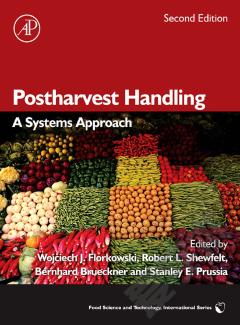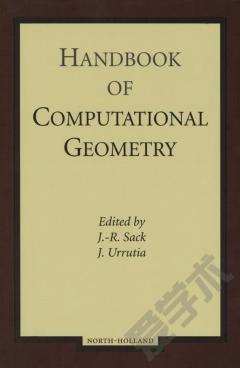Sales —— A Systems Approach
----- 销售:系统方法
Emphasizing the institutions and the mechanisms that participants use in the marketplace to conduct transactions, Daniel Keating’s “Systems Approach” provides a functional perspective of Articles 2 and 2A of the Uniform Commercial Code in practice. Comprehensive, problem-based coverage encompasses the domestic sale of goods, real estate sales, leases, and international sales. Thoughtful problems for students incorporate insights from this distinguished author’s interviews with leading figures in commerce as well as from actual sales forms and documents. News stories further illustrate, in real-world examples, how the system works in practice. Organized by Assignments, this engaging casebook lends flexibility in teaching and course design. New to the 7th Edition: The most significant revision ever. This edition has 15 new primary cases as well as 80 new problems at the end of the 28 assignments. The addition of 40 new formative assessment questions and explanations bring the total assessment questions for the book to more than 100. Updates to the Teacher’s Manual, with nearly 350 helpful pages including syllabus suggestions, in-depth answers to each problem, and four complete essay exams and model answers. Three important and recently decided federal appellate cases have been added: VLM Food Trading Int’l, Inc. v. Illinois Trading Co. (7th Cir. 2016) (analyzing battle of the forms case under the CISG); Lincoln Composites, Inc. v. Firetrace USA, LLC (8th Cir. 2016) (defining when an exclusive remedy “fails of its essential purpose” under UCC §2-719, and also discussing how to measure breach of warranty damages for accepted goods under UCC §2-714); and Zaretsky v. William Goldberg Diamond Corp. (clarifying which merchants “deal in goods of the kind” for purposes of UCC §2-403(2)) Professors and students will benefit from: A problem method that forces students to engage in the most productive level of learning during classroom time: applying the law to new facts. In-depth Teacher’s Manual enables instructors to be well-equipped to guide students through the problems. An author who is always happy to interact directly and on short notice with casebook adopters by phone or email regarding any questions on any material in the book. Concise text that explains the law clearly so that students can successfully answer the problems for class. Extensive interviews with various players in the sales system givingthe material a real-world relevance that students particularly appreciate. More than 100 multiple-choice assessment questions with detailed explanations to help students measure and clarify their understanding of the material as they go along, consistent with the requirements of new ABA Standard 314 on the need for formative assessment tools in the law school curriculum.
{{comment.content}}








 京公网安备 11010802027623号
京公网安备 11010802027623号